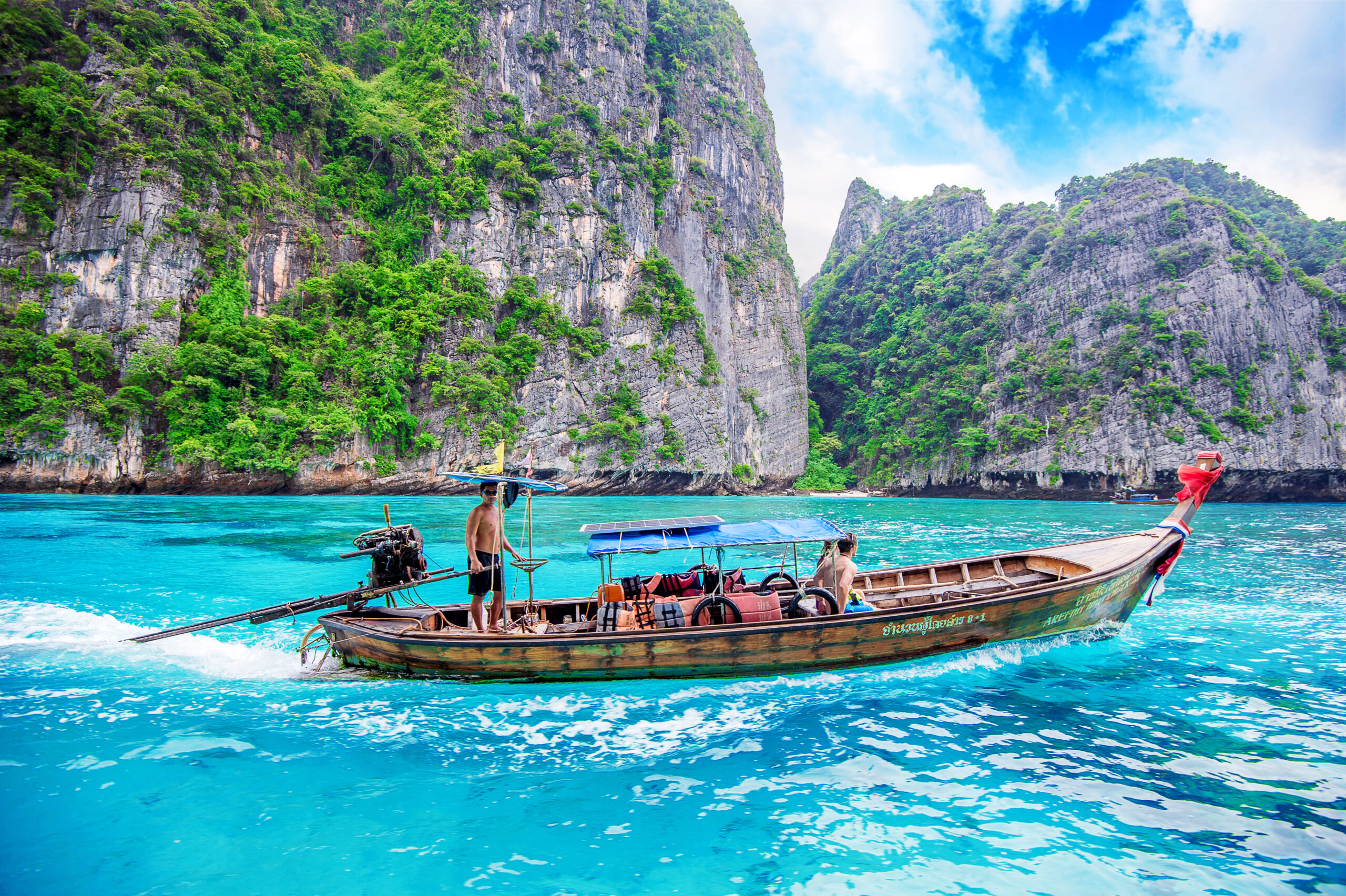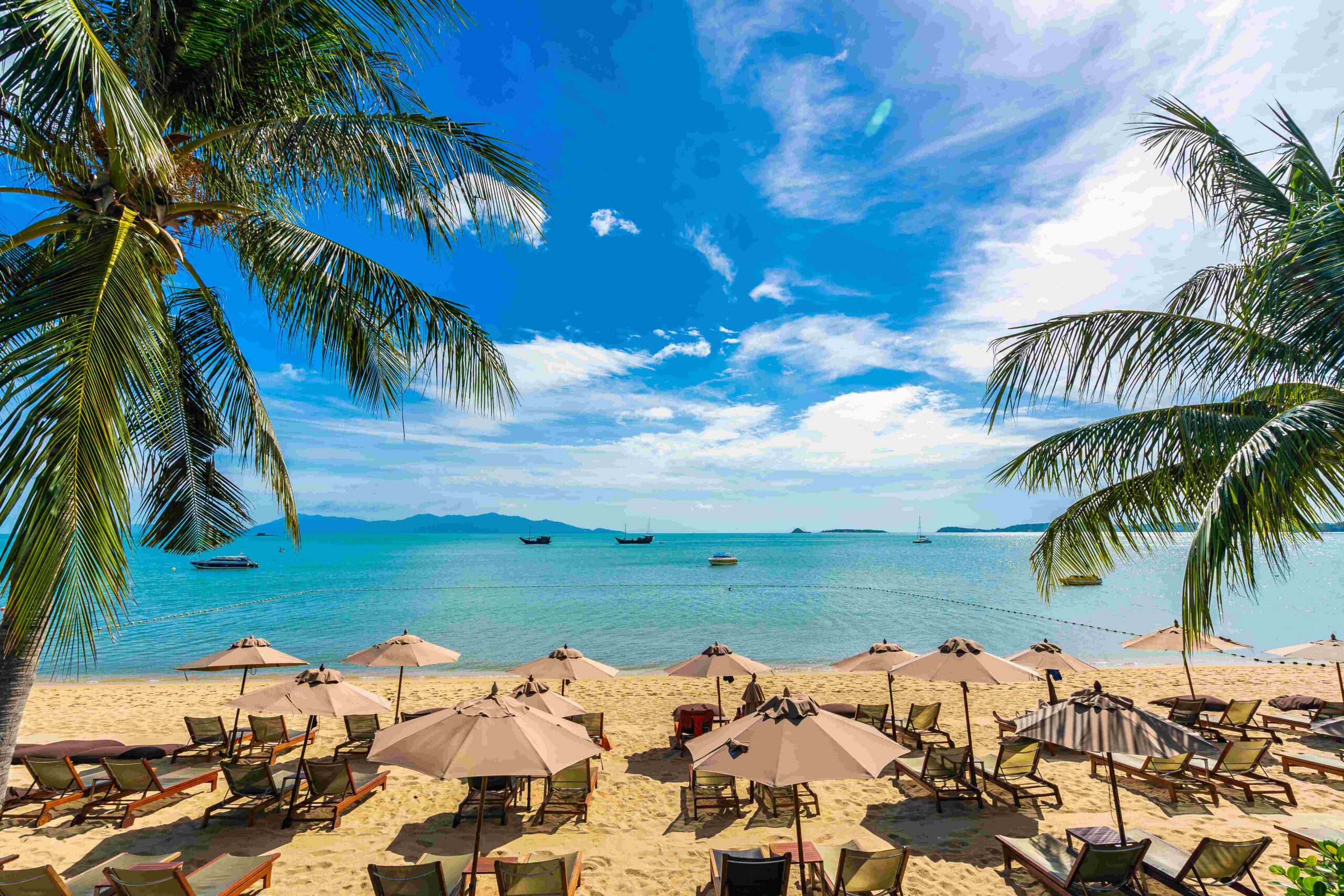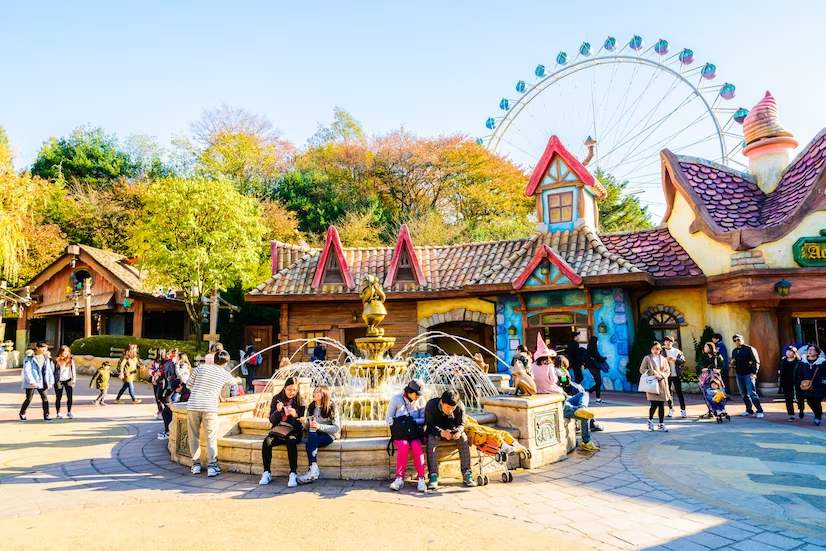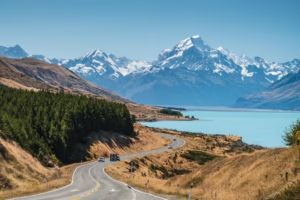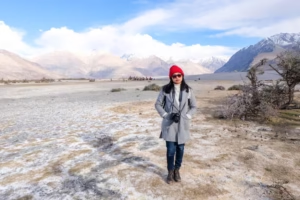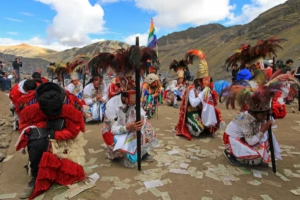- Travel Tips and Advice
- June 12, 2025
- No Comment
- 25
“12 Must-Know Survival Tips Before Your Once-in-a-Lifetime Ladakh Adventure in 2025”
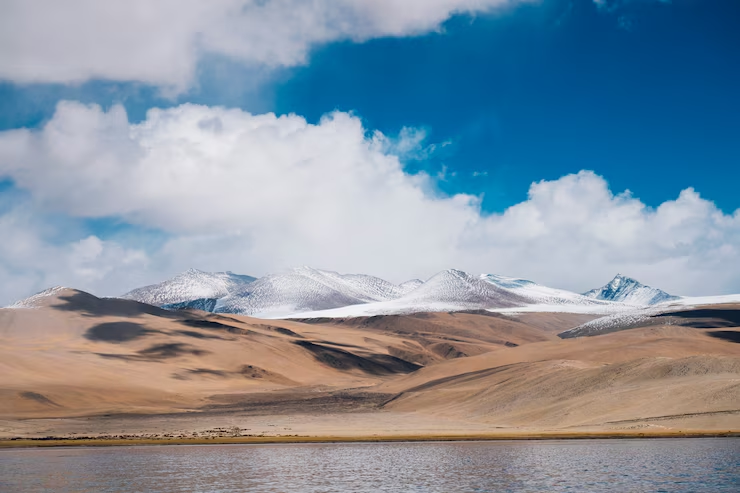
Ladakh – Nestled high in the Himalayas, is one of India’s most breathtaking destinations—a land of dramatic landscapes, clear blue skies, ancient monasteries, and thrilling adventures. While the allure of Ladakh is undeniable, planning a trip to this high-altitude paradise, especially in 2025, requires more than just booking tickets and packing bags. Ladakh’s remote location, harsh terrain, and unique culture demand careful preparation.
Here is a comprehensive guide covering the must-know things before planning your 2025 trip to Ladakh.
1. Understand the Best Time to Visit
The ideal time to visit Ladakh is from May to September, when the weather is relatively pleasant and most roads are accessible. In 2025, plan your travel between late May and early September, as climate change may bring unpredictable weather even in peak season.
-
June to August: Best for sightseeing, trekking, river rafting, and attending festivals.
-
Late May and September: Less crowded, perfect for photography and peace seekers.
Avoid winter months (October to April) unless you’re specifically visiting for winter treks or snow-bound experiences.
2. Acclimatization is Crucial
Ladakh is located at an altitude ranging between 9,800 ft (Leh) to over 18,00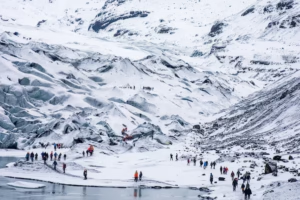 0 ft (Khardung La). At such heights, Acute Mountain Sickness (AMS) is a real concern.
0 ft (Khardung La). At such heights, Acute Mountain Sickness (AMS) is a real concern.
-
Spend the first two days in Leh resting and hydrating.
-
Avoid alcohol and smoking during the initial days.
-
Carry Diamox or consult a doctor for preventive medication.
Even fit travelers can experience AMS, so never rush your itinerary.
3. 
You can reach Ladakh in two ways: by air or by road. Each has its pros and cons.
-
By Air (Leh Airport): Fast and convenient. However, altitude sickness is more likely since you ascend too quickly.
-
By Road (Manali-Leh or Srinagar-Leh highways): Ideal for gradual acclimatization, offering scenic beauty. But expect rough roads and possible weather delays.
In 2025, infrastructure improvements are ongoing, but always check the BRO (Border Roads Organisation) updates before finalizing a road trip.
4. Inner Line Permits Are Still Required
Even in 2025, Inner Line Permits (ILP) are required for visiting restricted areas like Pangong Lake, Nubra Valley, Tso Moriri, and Hanle.
-
Indian citizens can apply online at Ladakh Tourism’s official site.
-
Foreign nationals need a Protected Area Permit (PAP) via registered tour operators.
Always carry multiple photocopies of your permits and ID proofs as you will need them at various army checkpoints.
5. Mobile Connectivity and Internet Access
Ladakh is not a place to expect 5G speeds or seamless Wi-Fi.
-
Only postpaid SIMs from BSNL, Airtel, and Jio work in Leh and a few towns.
-
Remote areas like Pangong or Tso Moriri often have no signal at all.
-
Download offline maps, music, and books in advance.
In 2025, internet coverage is improving, but you should still be prepared for digital detox in many areas.
6. Pack Smart – Minimal but Essential
Packing for Ladakh isn’t about style, it’s about survival and comfort. Even in summer, temperatures dip sharply at night.
Must-pack items:
-
Thermal wear, fleece jackets, and waterproof layers
-
Sunscreen (SPF 50+), lip balm, and moisturizers
-
Gloves, beanies, and UV-protection sunglasses
-
Personal medicines, portable oxygen cans (for emergencies)
-
Power banks, flashlight, extra batteries
Tip for 2025: Eco-friendly packing is a growing trend in Ladakh. Bring your reusable bottles, metal straws, and biodegradable toiletries.
7. Respect the Environment and Culture
Ladakh is ecologically fragile and culturally rich. Tourists must travel responsibly.
-
Avoid plastic. Carry your own reusable water bottle and shopping bag.
-
Stick to marked trails during treks to avoid damaging flora and fauna.
-
Always ask before taking photos of locals or religious places.
-
Dress modestly, especially when visiting monasteries.
With a growing emphasis on sustainable tourism in 2025, travelers are expected to be more responsible than ever.
8. Pre-book Accommodations and Transport
Due to Ladakh’s short tourist season, hotels, camps, and taxis get booked quickly—especially in June and July.
-
Use reliable platforms or local operators to book accommodations in advance.
-
Taxis in Ladakh are unionized. Self-drive vehicles from outside Leh aren’t allowed for local sightseeing.
-
Hiring a Ladakh-registered taxi is mandatory for Pangong, Nubra, etc.
In 2025, more eco-resorts and digital-friendly homestays are emerging, but they still need advance reservations.
9. Currency and Payments
Ladakh is still largely a cash-based economy, especially in remote areas.
-
ATMs are available only in Leh town and are often unreliable.
-
Carry enough cash for your entire journey beyond Leh.
-
Digital payments (UPI, cards) are gaining ground in 2025, but don’t depend solely on them.
10. Must-See Places and Activities in 2025
Trending Destinations in 2025: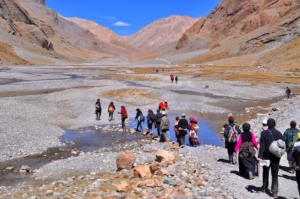
-
Hanle: India’s first dark-sky reserve for stargazing
-
Umling La: World’s highest motorable road
-
Zanskar Valley: Less crowded and full of adventure
Experiences to add:
-
Attend the Hemis Festival (July) for a cultural extravaganza.
-
Try Bactrian camel rides in Nubra Valley.
-
Do a homestay in a Ladakhi village for an authentic experience.
11. Health and Safety
There are limited hospitals in Ladakh, and Leh’s SNM Hospital is the primary medical center.
-
Travel with a basic first aid kit.
-
Keep emergency numbers handy.
-
Travel insurance covering high-altitude emergencies is recommended in 2025.
12. Stay Updated on Weather and Road Conditions
Due to changing climate patterns, even summer months can see unexpected snow or landslides.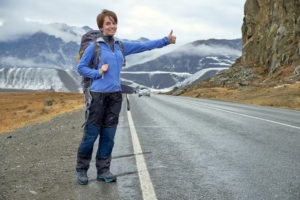
-
Follow Ladakh Tourism and local weather forecasts.
-
Join travel forums or groups for real-time updates.
-
If traveling by bike or car, keep buffer days in your itinerary.
Final Words
Ladakh in 2025 offers a unique blend of natural beauty, spirituality, and adventure. But the key to enjoying it fully lies in being prepared, patient, and respectful. This high-altitude desert demands attention to detail—from acclimatization to travel permits, and from responsible tourism to safety.
So, before you zip up your backpacks and charge your cameras, take time to research, plan mindfully, and step into Ladakh with a sense of wonder and care. Let it be a journey of not just discovery, but also of connection—with nature, with culture, and with yourself.

